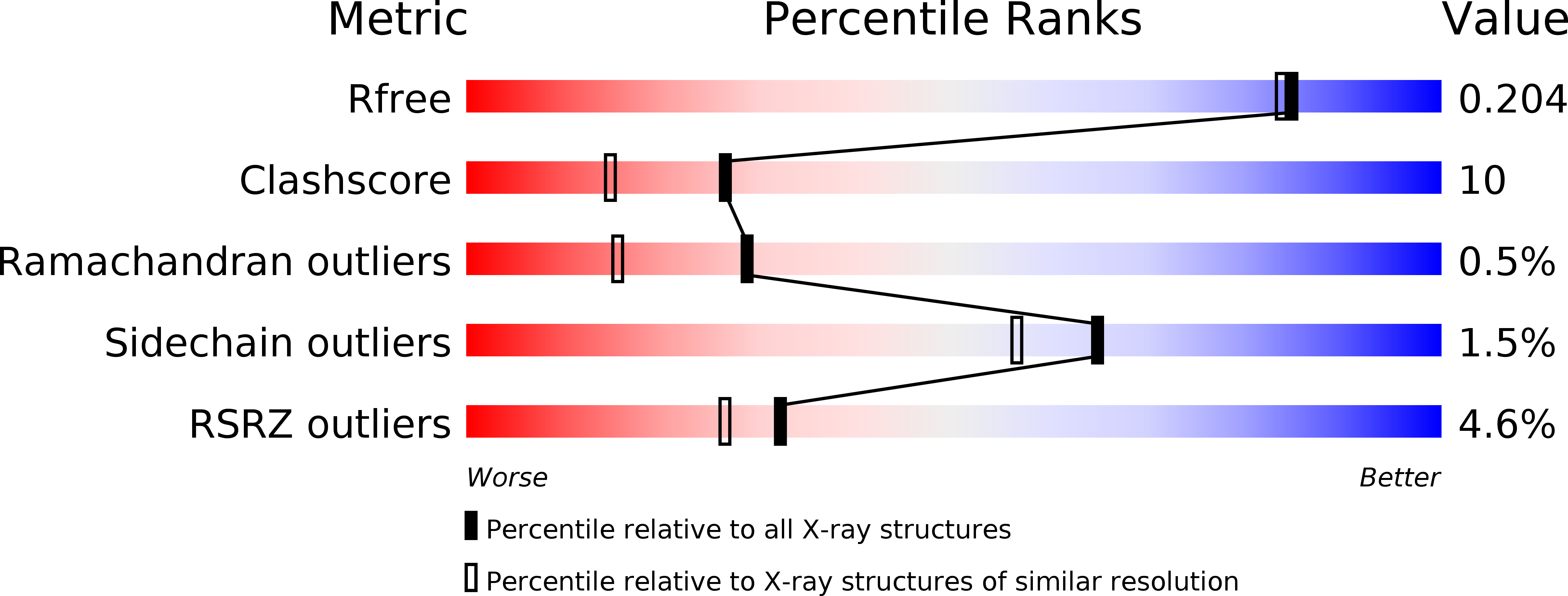
Deposition Date
2012-12-20
Release Date
2013-04-24
Last Version Date
2023-12-20
Entry Detail
PDB ID:
3ZH4
Keywords:
Title:
crystal structure of S. pneumoniae Hungary 19A MurA1 in complex with citrate
Biological Source:
Source Organism:
STREPTOCOCCUS PNEUMONIAE (Taxon ID: 1313)
Host Organism:
Method Details:
Experimental Method:
Resolution:
1.80 Å
R-Value Free:
0.20
R-Value Work:
0.16
R-Value Observed:
0.16
Space Group:
P 21 21 2


